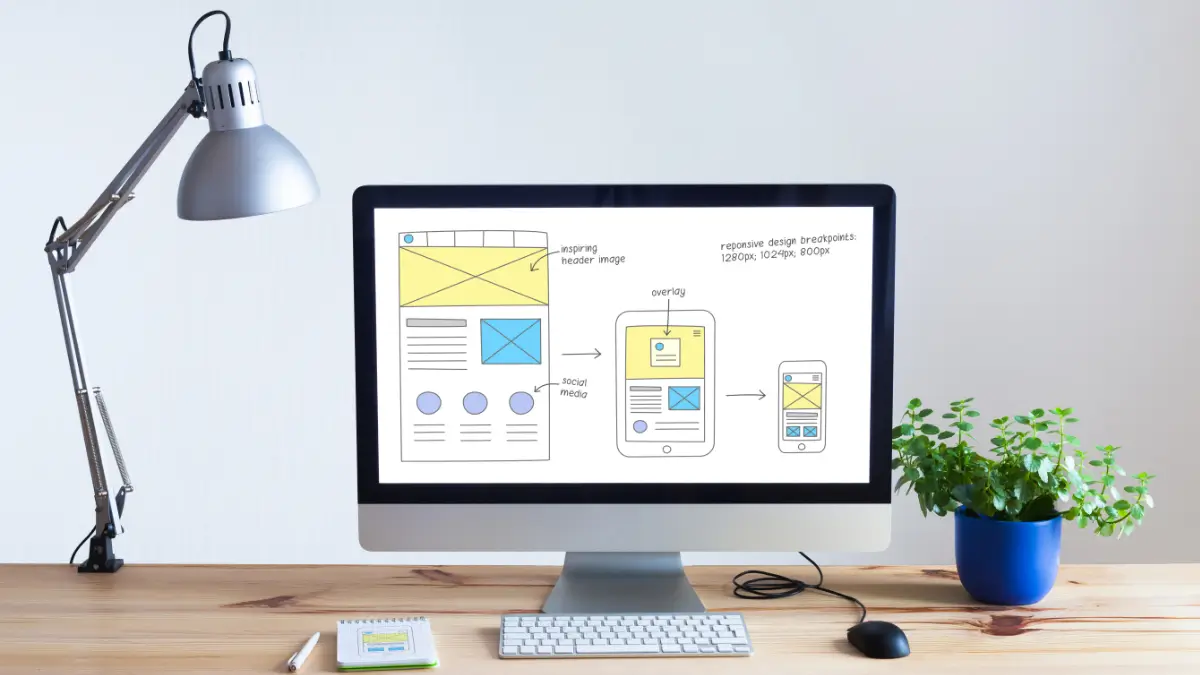Table of Contents:
- Introduction to Modern Website Design.
- Principles of Effective Website Design.
- User Experience and Accessibility.
- The Mobile-First Approach.
- Integrating SEO-Friendly Elements.
- Utilizing Visual Hierarchy.
- Current Trends in Web Design.
- Resources for Continued Learning.
Introduction to Modern Website Design.
Modern website design aims to provide highly practical, aesthetically pleasing, and user-friendly online experiences. With companies and customers depending increasingly on digital channels, website design is critical in attracting visitors. Practical web design balances aesthetics with usability, ensuring visitors can easily navigate, find information, and engage with content. Fundamental design principles include mobile responsiveness, fast load times, and intuitive navigation, all of which contribute to a positive user experience.

In today’s competitive digital landscape, many businesses use customized website design solutions to meet their needs. These solutions involve tailoring the design to align with a brand’s identity and target audience, ensuring the website stands out visually and functions seamlessly across devices. Additionally, staying current with emerging trends such as minimalist design, AI-driven user interfaces, and accessibility features helps to create websites that are not only modern but also future-proof.
Principles of Effective Website Design.
Simplicity, consistency, and clarity are essential for effective website design.
Prioritizing important content and features, and keeping things simple, helps prevent users from feeling overwhelmed. Consistency ensures a cohesive user experience across different pages and devices. Clarity involves a straightforward presentation of information, allowing users to understand the site’s purpose quickly. Following these guidelines, designers can create user-friendly interfaces encouraging extended user engagement and easy navigation.
User Experience and Accessibility.
User experience (UX) directly affects a website’s success, shaping how people view and engage with it. A strong user experience mainly depends on usability; interactions should be easy and enjoyable. It is equally crucial to make sure that users with impairments may access the website. Properly implemented, accessible design meets ethical standards and can increase reach and engagement. To explore best practices in accessible design, consider resources like the W3C’s guide on Best Practices for Accessible Website Design, which offers valuable insights into creating an inclusive online environment.
The Mobile-First Approach.
With mobile web traffic consistently surpassing desktop usage every single day, the mobile-first approach has become pivotal in web design.
This strategy involves designing for smaller screens first, ensuring responsive, optimized layouts that maintain functionality across all devices. Ensuring a flawless mobile experience is essential, as people increasingly depend on mobile devices for surfing. By prioritizing mobile responsiveness, websites can enhance user satisfaction and engagement. This approach also helps designers anticipate technical constraints and streamline design processes for other platforms, ultimately saving time and resources while broadening reach.
Integrating SEO-Friendly Elements.
Search engine optimization (SEO) is essential in augmenting a website’s visibility and reach. By integrating SEO-friendly elements like meta tags, alt text, and structured data, websites can improve search engine rankings and attract more visitors. Beyond keywords, factors like responsive design and quick load times significantly impact SEO effectiveness. A responsive site ensures accessibility across devices, while fast load speeds enhance user satisfaction and engagement.
Implementing these strategies boosts visibility and improves the overall user experience, encouraging return visits and reducing bounce rates.
Utilizing Visual Hierarchy.
Visual hierarchy is a foundational design concept that directs users’ attention through the strategic arrangement of elements. By manipulating size, color contrast, and placement, designers can guide the viewer’s gaze, making it easier to find information quickly. Clear visual cues and structured content help enhance usability and readability, allowing users to navigate smoothly through the site. Through logical, easily readable material display, this deliberate design enhances the user experience and raises the possibility of desired actions, including conversions.
Current Trends in Web Design.
Following the newest developments in web design is essential to maintaining the interest of your present user base. Trends such as dark mode, micro-interactions, and AI-driven tools reshape user expectations and interaction models. Dark mode offers a modern aesthetic and can reduce eye strain, while micro-interactions provide subtle feedback that enhances user engagement. AI-driven design tools simplify complex tasks, enabling more personalized user experiences.
Resources for Continued Learning.
The dynamic nature of web design necessitates ongoing education and development. Blogs, online courses, and books offer valuable insights and align designers with new techniques and technologies. Engaging with these resources supports personal and professional growth, ensuring designers can create innovative, future-proof websites. As the digital landscape evolves, having access to continuous learning opportunities is invaluable for any designer striving to remain at the forefront of the industry.
Leave a Reply